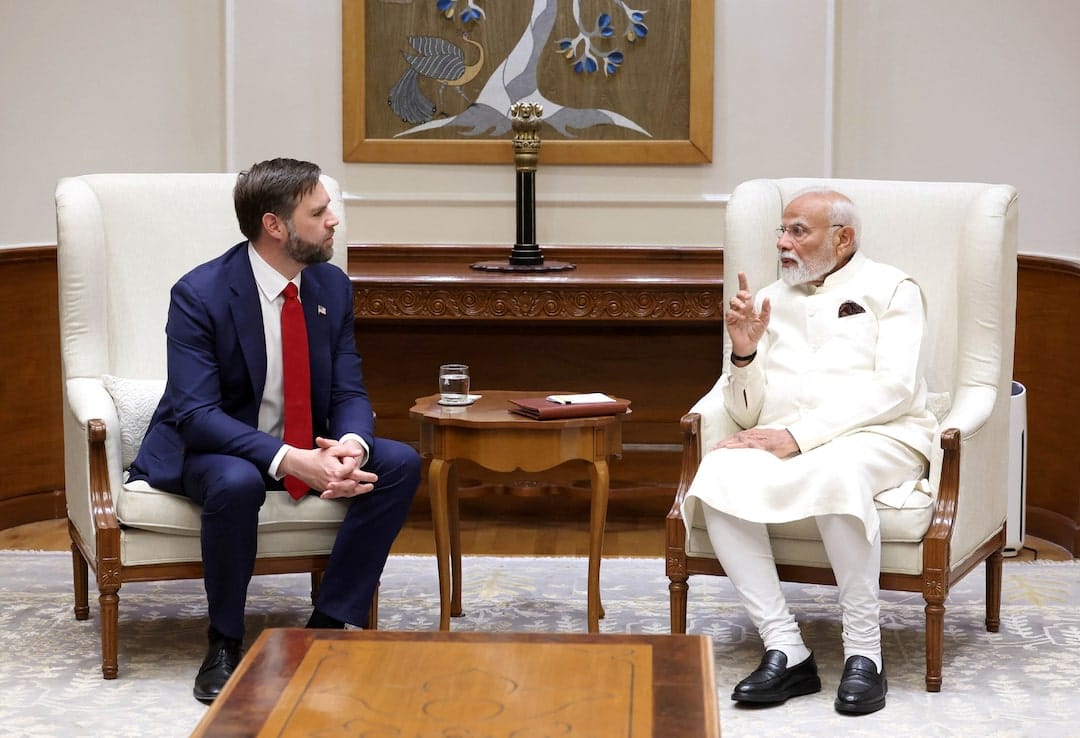In April 2025, US Vice President JD Vance embarked on a pivotal four-day visit to India, aiming to fortify bilateral relations and navigate the complexities of impending trade tensions. His discussions with Indian Prime Minister Narendra Modi culminated in significant progress toward a comprehensive trade agreement, even as President Donald Trump’s administration signaled potential tariff escalations.
Strengthening Bilateral Ties
Vice President Vance emphasized the strategic importance of deepening US-India relations across multiple sectors, including defense, energy, and trade. He advocated for increased Indian procurement of American defense products, such as the F-35 fighter jets, and expanded cooperation in energy domains like offshore gas and nuclear energy development. Vance highlighted that successful collaboration between the two nations is crucial to ensuring a prosperous and peaceful 21st century.
Advancements in Trade Negotiations
During the visit, both leaders finalized a roadmap for trade discussions, aiming to conclude the first phase of a bilateral trade agreement by autumn. The objective is to more than double bilateral trade to $500 billion by 2030. This framework seeks to reduce tariff burdens and enhance market access for both countries.
Navigating Tariff Challenges
Despite the positive momentum, the backdrop of potential tariff increases looms large. President Trump has threatened to impose tariffs of up to 50% on various countries, including India, citing concerns over trade imbalances and market access. In response, the administration has delayed the tariff hikes for 90 days to facilitate negotiations.
India, while engaging in these discussions, has maintained a cautious stance. Commerce Secretary Sunil Barthwal clarified that India has not committed to reducing trade tariffs on American goods, emphasizing that negotiations are ongoing and no final agreements have been reached.
Broader Geopolitical Implications
The US-India partnership holds significant geopolitical weight, particularly as both nations seek to counterbalance China’s growing influence. By strengthening economic and strategic ties, the two democracies aim to promote stability and prosperity in the Indo-Pacific region. Vance’s visit underscores the importance of this alliance in shaping global trade dynamics and regional security.
Vice President Vance’s visit to India marks a significant step toward enhancing US-India relations amid complex trade negotiations and geopolitical challenges. While uncertainties remain, the commitment to dialogue and cooperation between the two nations offers a promising path forward.




